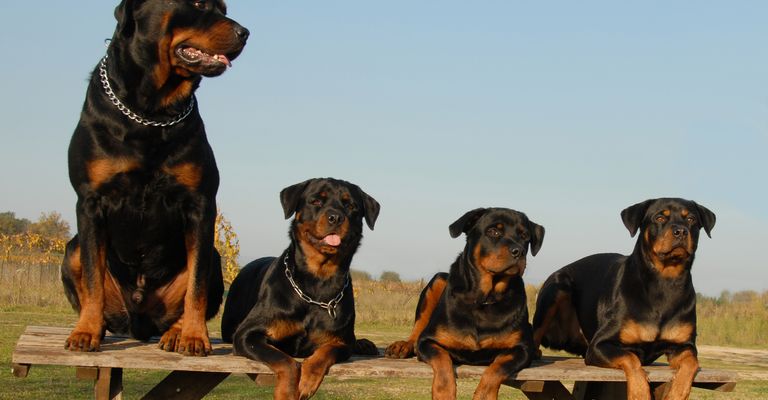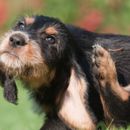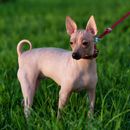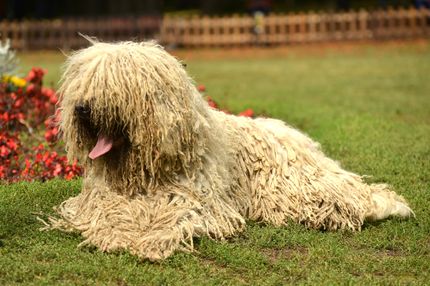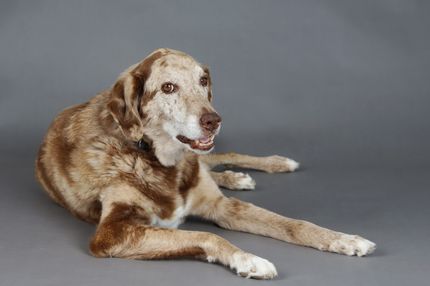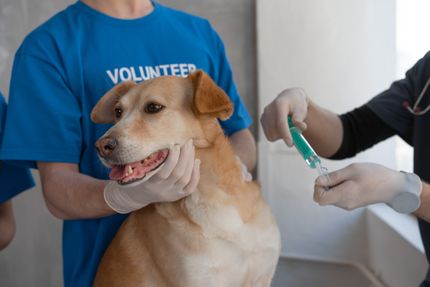Rottweilers are often considered dangerous and aggressive. But how much truth is behind this stereotype? This blog post will take a closer look at the actual nature of the Rottweiler and dispel myths.
The Rottweiler is an impressive dog breed that inspires respect or even fear in many people and dogs. Despite its imposing appearance, the Rottweiler is essentially a well-balanced, sturdy and loyal companion. However, he possesses a strong protective and guarding instinct, combined with a remarkable biting power, which can raise concerns about his attitude.
Although often mistakenly referred to as a"fighting dog," the Rottweiler can be an excellent family dog with proper socialization and training. However, he does require clear leadership and consistency in training. Beginners may not find this breed suitable, especially because of its size and strength.
Some disadvantages of keeping a Rottweiler are the strict regulations in some regions, making it a "list dog", and the often negative prejudices of other people and dog owners. Nevertheless, no dog is aggressive by nature. It is important to learn about the Rottweiler's characteristics and needs before choosing one.
Origin and history of the Rottweiler considered
Originally, Rottweilers were bred in Germany to herd and guard livestock. In their history, emphasis was placed on their ability to work and not be aggressive.
The Rottweiler, a symbol of strength and loyalty, has a history as deep and ancient as civilization itself. Its roots go back to the Romans, when they were still marching through Europe in search of new territories. During their campaigns of conquest, the Romans used cattle as their primary source of food and needed sturdy and reliable dogs to herd and protect these herds. This need gave rise to an early version of the Rottweiler, a powerful and hardy dog capable of driving cattle long distances and protecting them from predators or thieves. When the Romans finally arrived in what is now Germany, they established the military camp "Arae Flaviae", in the place that later became known as Rottweil. This place became the eponym for the Rottweiler. The dogs, which originally accompanied the cattle herds, mixed with the local dogs and laid the foundation for what we know today as the Rottweiler.
In the Middle Ages, the importance of the Rottweiler continued to grow. Rottweil, a thriving and important trading city, saw a high demand for butcher dogs. The Rottweiler, prized for its strength and loyal character, was often referred to as a butcher's dog. These dogs pulled meat carts, carried purses of heavy coins around their necks, and protected their owners from thieves. With the passage of time and the advent of modern transportation, Rottweilers gradually lost their traditional jobs. But instead of disappearing into insignificance, the Rottweiler found new ways to make themselves useful. Their intelligence, loyalty, and protective instincts made them ideal police and rescue dogs.
In the 20th century, especially after the World Wars, the Rottweiler began to make a name for itself around the world. They were used as working dogs, family dogs, and even therapy dogs in many countries. Despite their sometimes intimidating appearance, Rottweilers are exceptionally loving and reliable companions when properly trained and socialized.
Temperament and behavior analyzed
The Rottweiler, often referred to as the "Rotti", is a dog breed that is both powerful and profound, marked by an impressive appearance and remarkable character. Originally bred as a working dog, the Rottweiler has a natural talent for protecting and guarding, driven by a deep-rooted instinct.
Character-wise, the Rottweiler excels in determination and self-assurance. His courageous and fearless nature makes him an unwavering guardian, but at the same time a loving and devoted family member. Despite his strength and determination, the Rottweiler is often a true "cuddle dog" who seeks and enjoys closeness with his people. Intelligence and learning ability are other hallmarks of this breed. A well-socialized and trained Rottweiler is capable of performing a variety of tasks, whether it be in protective service, rescue, or therapy work. Their perceptiveness often makes training a pleasure, however, they also require an owner who is consistent and clear in their instructions. Rottweilers are often wary of strangers, which stems from their guarding instinct. However, this wariness can be tempered with early and continued socialization so that the dog learns to distinguish between friendly visitors and actual threats. Although they can be powerful and sometimes stubborn, Rottweilers crave leadership. They respond best to training based on positive reinforcement and clear communication. Their natural need to please, combined with their sharp minds, makes them eager learners.
When interacting with family, the Rottweiler often shows a playful and affectionate side. He is known for his affection for children and can be a wonderful playmate with proper training and supervision. That being said, it is important to always monitor interactions between dogs and children.
It is often reported by experts that the Rottweiler is a confident, fearless and good-natured dog. With proper training and socialization, it shows itself to be a loyal and loving companion.
Influence of education emphasized
Much of what is interpreted as aggressiveness can be attributed to inadequate socialization or poor training. Rottweilers that grow up without clear leadership and proper training sessions can become insecure and therefore more aggressive.
Comparison made with other dog breeds
Interestingly, many studies do not list Rottweilers as the most aggressive dogs. Many other breeds show similar or even higher levels of aggression when kept in the same conditions.
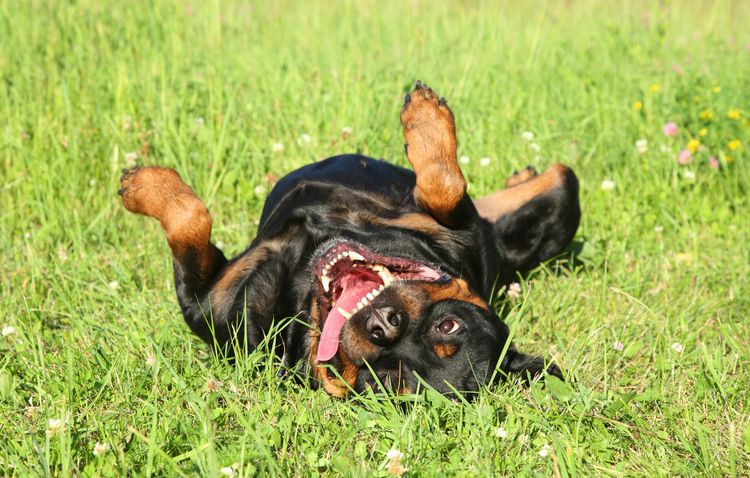
Public perception versus reality
Rottweilers are one of the breeds that often appear in statistics and reports of dog attacks in some countries and regions. It is important to emphasize that many factors can contribute to such incidents, including but not limited to upbringing, socialization, environment and individual circumstances.
- Statistics: In the U.S., for example, Rottweilers are often listed in some statistics as one of the leading breeds in terms of fatal attacks on humans. However, these numbers must be considered in context. Many Rottweilers are well socialized and do not exhibit aggressive tendencies. The percentage of Rottweilers attacking people compared to the total number of Rottweilers is relatively small.
- Reputation: due to some incidents that have been widely reported by the media, Rottweilers (similar to pit bulls) have a bad reputation among the public. However, there are countless Rottweilers that are loving and peaceful family dogs throughout their lives.
- Origin and upbringing: the likelihood of aggression in a dog can be increased by factors such as improper breeding, lack of socialization at a young age, abuse or neglect, and lack of training. Rottweilers are strong dogs with a strong protective instinct, so it is critical that they are owned by experienced dog owners and properly trained.
- Legislative Action: Due to the perception of Rottweilers as potentially dangerous, some countries and regions have enacted specific laws and regulations that relate to their ownership. These can range from mandatory muzzling to bans on breeding.
It is important to emphasize that it is not the breed per se that is the problem, but how the dog is raised, trained and handled. Any dog, regardless of breed, can be potentially dangerous if not handled properly. It is always advisable to pay close attention to the breed of dog and provide proper socialization and training to avoid potential problems.
